Home>Gardening & Outdoor>Landscaping Ideas>How To Remove Dead Grass From Yard
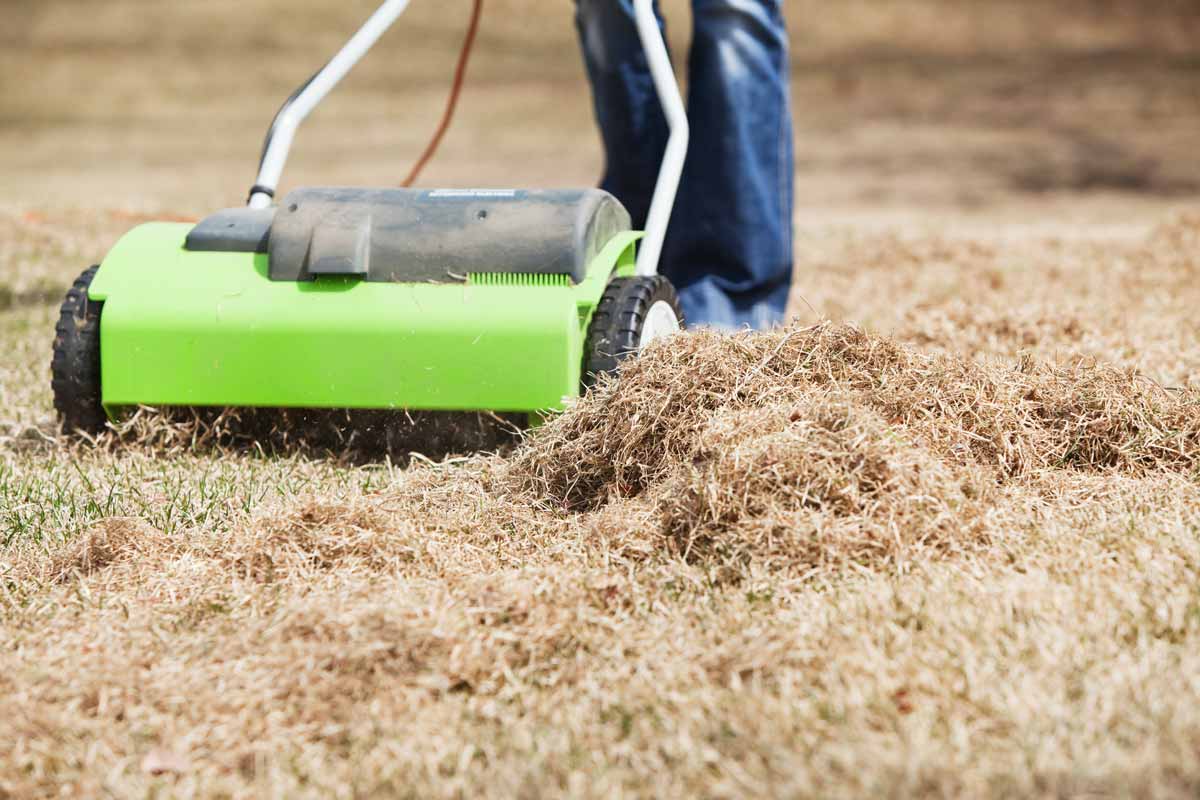

Landscaping Ideas
How To Remove Dead Grass From Yard
Modified: May 6, 2024
Learn effective landscaping ideas for removing dead grass from your yard. Discover step-by-step methods to revitalize your lawn.
(Many of the links in this article redirect to a specific reviewed product. Your purchase of these products through affiliate links helps to generate commission for Storables.com, at no extra cost. Learn more)
Introduction
Welcome to the ultimate guide on reviving your yard by removing dead grass! A lush, green lawn is a pride for any homeowner, but over time, grass can become dry, patchy, and lifeless. This can be due to various factors such as neglect, extreme weather, or soil issues. However, fear not, as with the right tools and techniques, you can restore your lawn to its former glory.
In this comprehensive guide, we will walk you through the process of removing dead grass from your yard, providing step-by-step instructions and valuable tips to help you achieve a vibrant and healthy lawn. Whether you are a seasoned gardener or a novice enthusiast, this guide is designed to equip you with the knowledge and confidence to tackle this common landscaping challenge.
So, roll up your sleeves, grab your gardening gloves, and let's breathe new life into your yard!
Key Takeaways:
- Removing dead grass enhances your yard’s beauty and promotes new, healthy growth. It also prevents pests, improves nutrient absorption, and prepares your lawn for maintenance activities like reseeding and fertilizing.
- To maintain a healthy lawn, follow a consistent mowing schedule, water deeply and infrequently, aerate the soil, consider overseeding, and apply balanced fertilizer. Stay vigilant for weeds, pests, and diseases, and adjust your care routine seasonally.
Read more: How To Remove Dead Grass From Lawn
Reasons for Removing Dead Grass
Dead grass not only detracts from the visual appeal of your yard but also hinders the overall health of your lawn. Understanding the reasons for removing dead grass is crucial for revitalizing your outdoor space:
- Enhanced Aesthetic Appeal: Dead, brown patches of grass can make your yard look unkempt and neglected. By removing dead grass, you can restore a vibrant green appearance to your lawn, instantly elevating your home’s curb appeal.
- Promotion of New Growth: Dead grass can create a barrier that prevents new, healthy grass from emerging. By clearing the dead vegetation, you create space for new growth to flourish, resulting in a thicker and lusher lawn.
- Prevention of Pest Infestation: Dead grass can attract pests and insects that thrive in decaying organic matter. Removing the dead grass eliminates this breeding ground, reducing the risk of pest infestation and promoting a healthier environment for your lawn.
- Improved Nutrient Absorption: Dead grass competes with living plants for essential nutrients and water. By eliminating the dead vegetation, you allow the remaining grass to absorb nutrients more effectively, promoting stronger root development and overall vitality.
- Preparation for Lawn Maintenance: Removing dead grass is a crucial preparatory step for lawn maintenance activities such as reseeding, fertilizing, and aerating. It sets the stage for these tasks to be more effective, ultimately leading to a healthier and more resilient lawn.
By addressing these reasons for removing dead grass, you can lay the foundation for a revitalized and thriving lawn that becomes the envy of the neighborhood.
Tools and Materials Needed
Before embarking on the task of removing dead grass from your yard, it’s essential to gather the necessary tools and materials. Here’s a comprehensive list of items you’ll need to ensure a smooth and efficient process:
- Lawn Mower: A reliable lawn mower equipped with a bagging attachment or a mulching feature is essential for cutting and collecting dead grass. Ensure that the mower blades are sharp for optimal performance.
- Manual Sod Cutter: For larger areas of dead grass, a manual sod cutter can expedite the removal process. This tool is particularly useful for lifting and cutting through thick layers of dead vegetation.
- Shovel or Spade: A sturdy shovel or spade is necessary for digging out stubborn patches of dead grass and roots. Opt for a tool with a comfortable grip to minimize strain during use.
- Rake: A metal rake is ideal for clearing the area of debris, dead grass clippings, and loosened soil. It’s also helpful for leveling the ground in preparation for new grass seed or sod.
- Wheelbarrow or Garden Cart: These are useful for transporting the removed dead grass, soil, and debris to a designated compost area or waste disposal site.
- Watering Can or Garden Hose: After removing the dead grass, watering the area can help settle the soil and prepare it for new grass seed or sod installation.
- Grass Seed or Sod: Depending on your preference and the extent of the damage, you may need grass seed or sod to establish new growth in the cleared areas.
- Fertilizer: High-quality fertilizer can provide essential nutrients to the soil, promoting the healthy growth of new grass and aiding in the recovery of your lawn.
- Protective Gear: Don’t forget to equip yourself with protective gear such as gloves, safety goggles, and sturdy footwear to ensure safety during the removal process.
By ensuring that you have these tools and materials on hand, you can approach the task of removing dead grass with confidence and efficiency, setting the stage for a successful lawn revival.
Use a thatching rake to remove dead grass from your yard. Simply rake the area in a back and forth motion to pull up the dead grass and thatch. This will help promote healthy grass growth.
Steps for Removing Dead Grass
Now that you’re equipped with the necessary tools and materials, it’s time to dive into the step-by-step process of removing dead grass from your yard. Follow these comprehensive steps to rejuvenate your lawn:
- Assess the Lawn: Begin by surveying your lawn to identify areas of dead or patchy grass. Take note of any underlying issues such as compacted soil, excessive thatch, or poor drainage that may have contributed to the grass’s decline.
- Mow the Lawn: Set your lawn mower to a low cutting height and mow the entire lawn to reduce the height of the existing grass, including the dead patches. Collect the grass clippings in the mower’s bag or allow them to mulch back into the soil.
- Use a Manual Sod Cutter (if necessary): For larger areas of dead grass, a manual sod cutter can be employed to slice through the turf and lift the dead vegetation. Follow the manufacturer’s instructions for safe and effective use of the sod cutter.
- Remove Dead Grass and Roots: Utilizing a shovel or spade, carefully dig out the dead grass and its underlying roots. Ensure thorough removal to create a clean slate for new growth. Dispose of the removed grass in a compost pile or green waste bin.
- Rake and Level the Area: Use a metal rake to clear the area of debris, dead grass clippings, and loosened soil. Level the ground to create a smooth and even surface in preparation for new grass seed or sod installation.
- Prepare for New Growth: If reseeding, spread a layer of high-quality grass seed over the cleared area according to the manufacturer’s instructions. For sod installation, ensure that the soil is adequately prepared and level before laying the new sod in place.
- Water and Fertilize: After reseeding or sod installation, water the area thoroughly to promote soil settlement and seed germination. Apply a suitable fertilizer to provide essential nutrients for the new grass’s initial growth.
- Maintain and Monitor: Keep the newly treated area consistently moist as the new grass establishes itself. Monitor the progress closely and adjust your lawn care regimen as needed to ensure the healthy development of the revitalized lawn.
By following these steps diligently, you can effectively remove dead grass from your yard and lay the groundwork for a rejuvenated and thriving lawn that enhances the beauty of your outdoor space.
Tips for Maintaining a Healthy Lawn
Once you’ve successfully removed the dead grass and revitalized your lawn, it’s essential to implement ongoing maintenance practices to ensure the long-term health and beauty of your outdoor space. Consider the following tips for maintaining a lush and vibrant lawn:
- Regular Mowing: Maintain a consistent mowing schedule, ensuring that you never remove more than one-third of the grass blade’s length in a single mowing session. This promotes healthy growth and prevents stress on the grass.
- Proper Watering: Water your lawn deeply and infrequently, aiming for approximately 1-1.5 inches of water per week, including rainfall. Water in the early morning to minimize evaporation and fungal growth.
- Core Aeration: Periodically aerate your lawn to alleviate soil compaction and promote better air, water, and nutrient penetration to the grass roots. This encourages stronger and healthier grass growth.
- Overseeding: Consider overseeding your lawn annually to introduce new grass varieties, fill in thin or bare areas, and enhance the overall density and resilience of the turf.
- Appropriate Fertilization: Apply a balanced fertilizer according to your lawn’s specific needs, considering factors such as grass type, soil quality, and seasonal requirements. Avoid over-fertilization, as it can lead to excessive top growth and weaken the grass roots.
- Weed Control: Regularly inspect your lawn for weeds and address them promptly to prevent competition for essential nutrients and space. Utilize targeted weed control methods to minimize the impact on the surrounding grass.
- Pest and Disease Management: Stay vigilant for signs of pest infestation and lawn diseases, and take proactive measures to address these issues promptly. Proper lawn care practices, such as adequate watering and mowing, can help prevent many common problems.
- Seasonal Adjustments: Tailor your lawn care regimen to align with seasonal requirements, such as adjusting watering schedules, mowing heights, and fertilization practices to accommodate changes in weather and daylight hours.
By incorporating these maintenance tips into your lawn care routine, you can nurture a resilient and visually stunning lawn that serves as a welcoming and enjoyable outdoor space for your family and guests.
Read more: How To Fix Dead Grass In Yard
Conclusion
Transforming a lackluster, patchy lawn into a vibrant and healthy outdoor oasis is a rewarding endeavor that begins with the removal of dead grass. By understanding the reasons for removing dead grass, equipping yourself with the necessary tools, and following a systematic approach, you can breathe new life into your yard and create an inviting landscape for relaxation and recreation.
Remember, the process of removing dead grass is just the first step in achieving a flourishing lawn. Ongoing maintenance, including regular mowing, proper watering, aeration, and attentive pest and weed management, is crucial for sustaining the health and beauty of your lawn throughout the seasons.
With dedication, patience, and a commitment to best practices in lawn care, you can enjoy the gratifying results of a lush, resilient lawn that enhances the overall appeal of your home and provides a rejuvenating outdoor environment for years to come.
So, roll up your sleeves, embrace the transformative journey, and revel in the joy of cultivating a thriving green space that you can proudly call your own.
Now that you've mastered removing dead grass, why not take your lawn to the next level? Revamping your outdoor space can be as rewarding as it is refreshing. For those ready to dive deeper, our next article on lawn renovation offers practical advice and expert tips for transforming tired turf into lush, vibrant grass. Whether you're tackling patchy spots or planning a full-scale makeover, you'll find invaluable guidance to ensure your lawn stays healthy and inviting year-round.
Frequently Asked Questions about How To Remove Dead Grass From Yard
Was this page helpful?
At Storables.com, we guarantee accurate and reliable information. Our content, validated by Expert Board Contributors, is crafted following stringent Editorial Policies. We're committed to providing you with well-researched, expert-backed insights for all your informational needs.
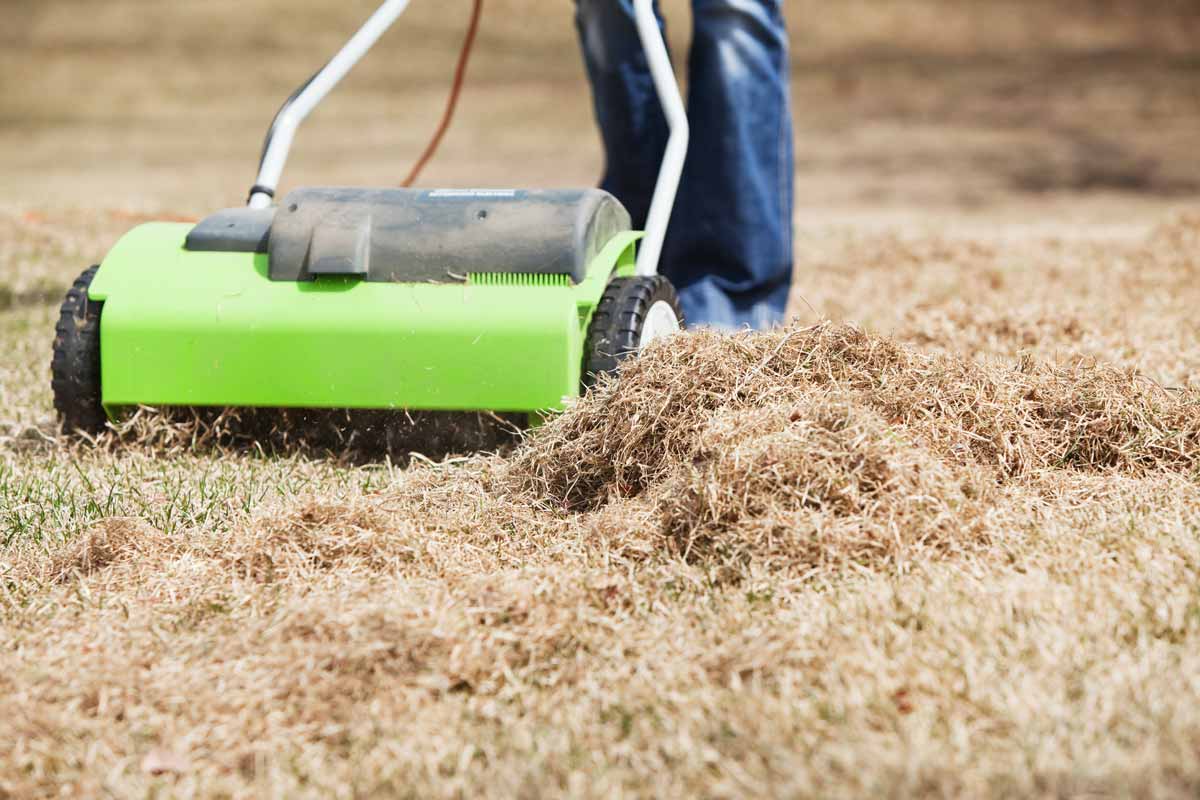
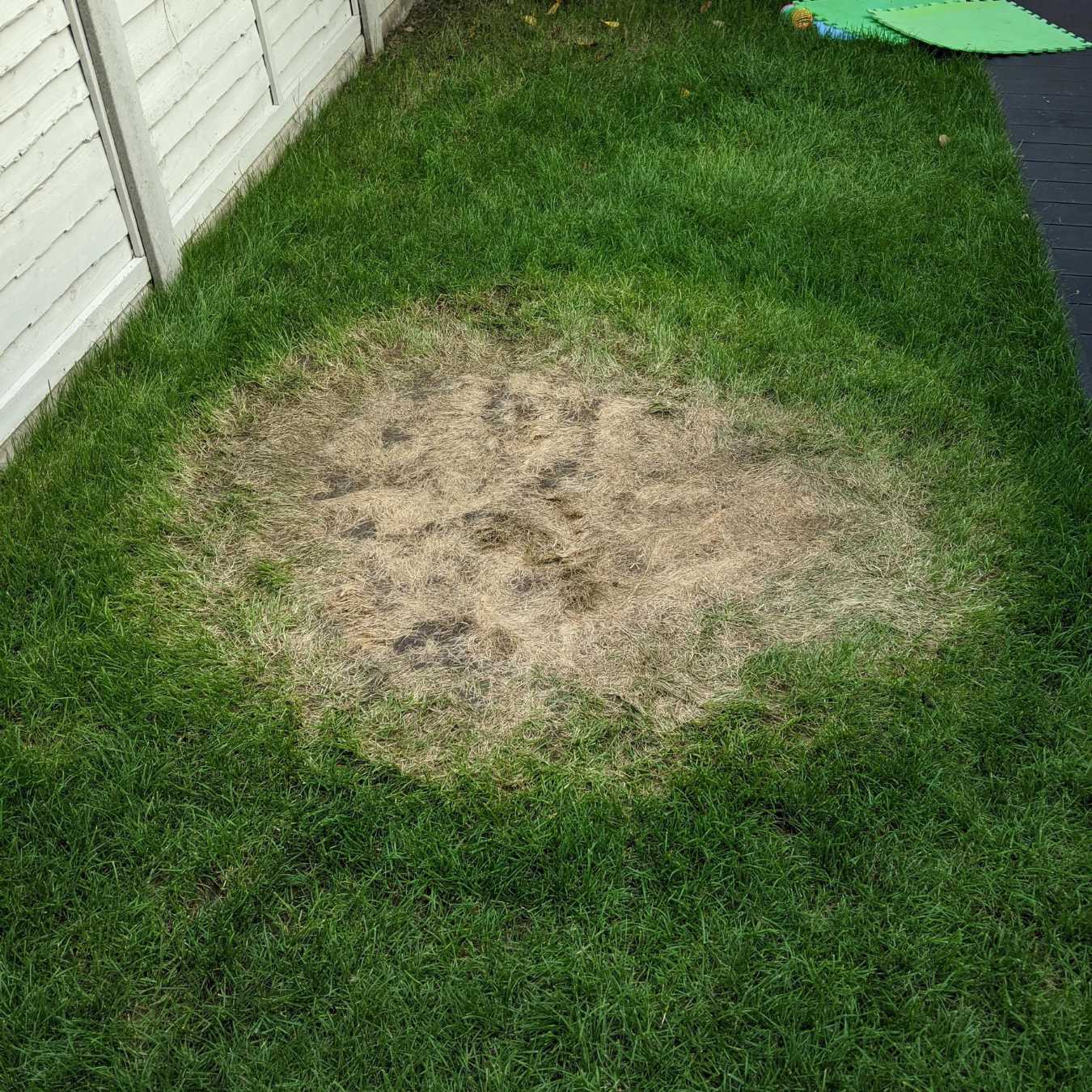
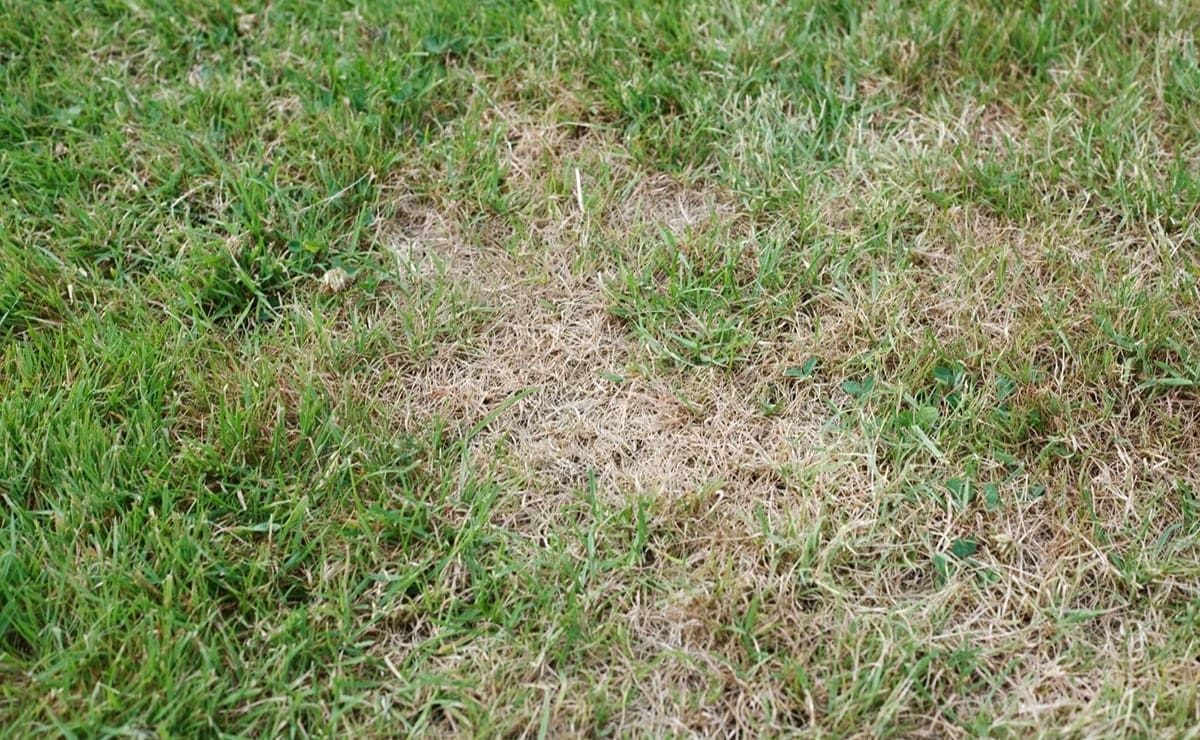
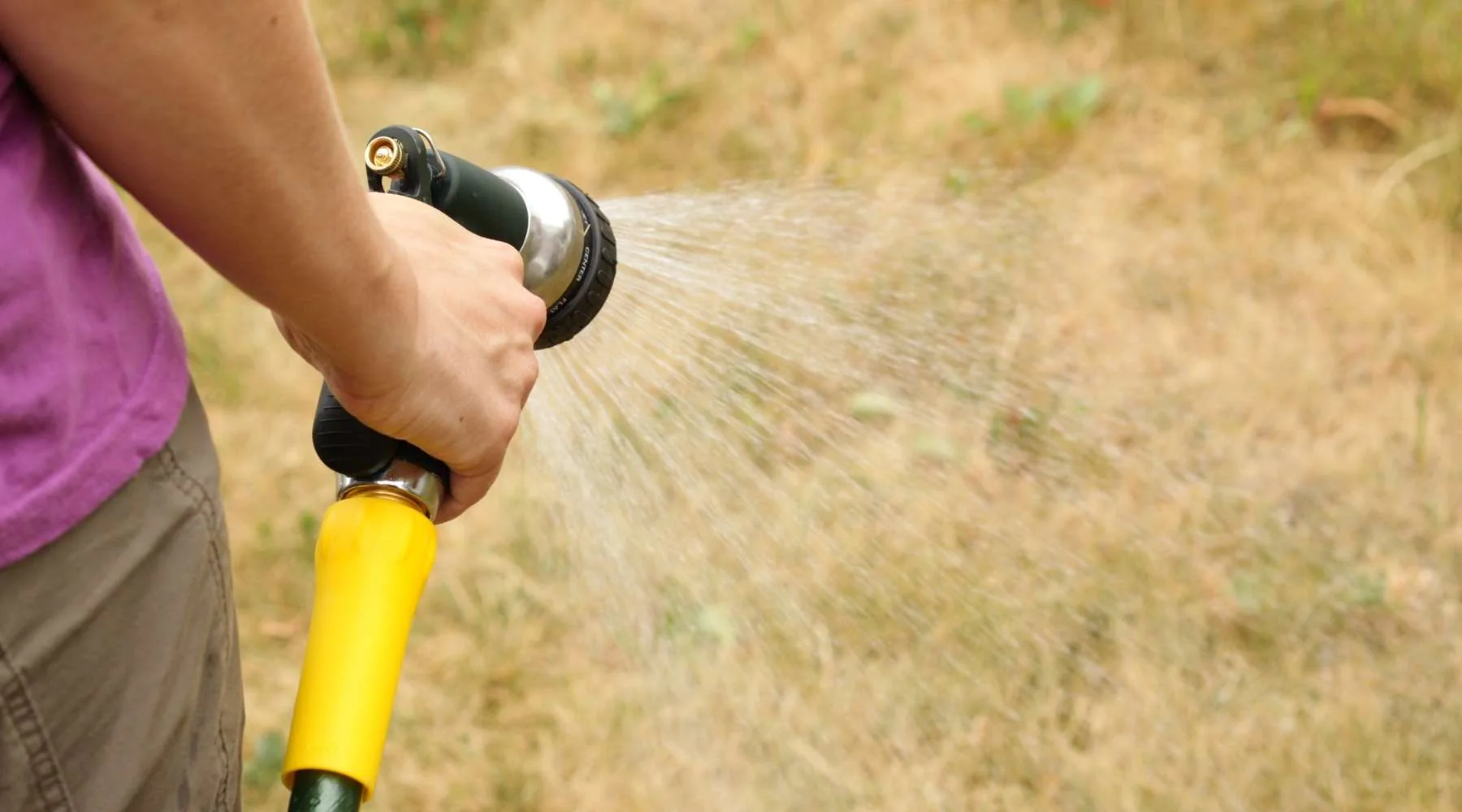
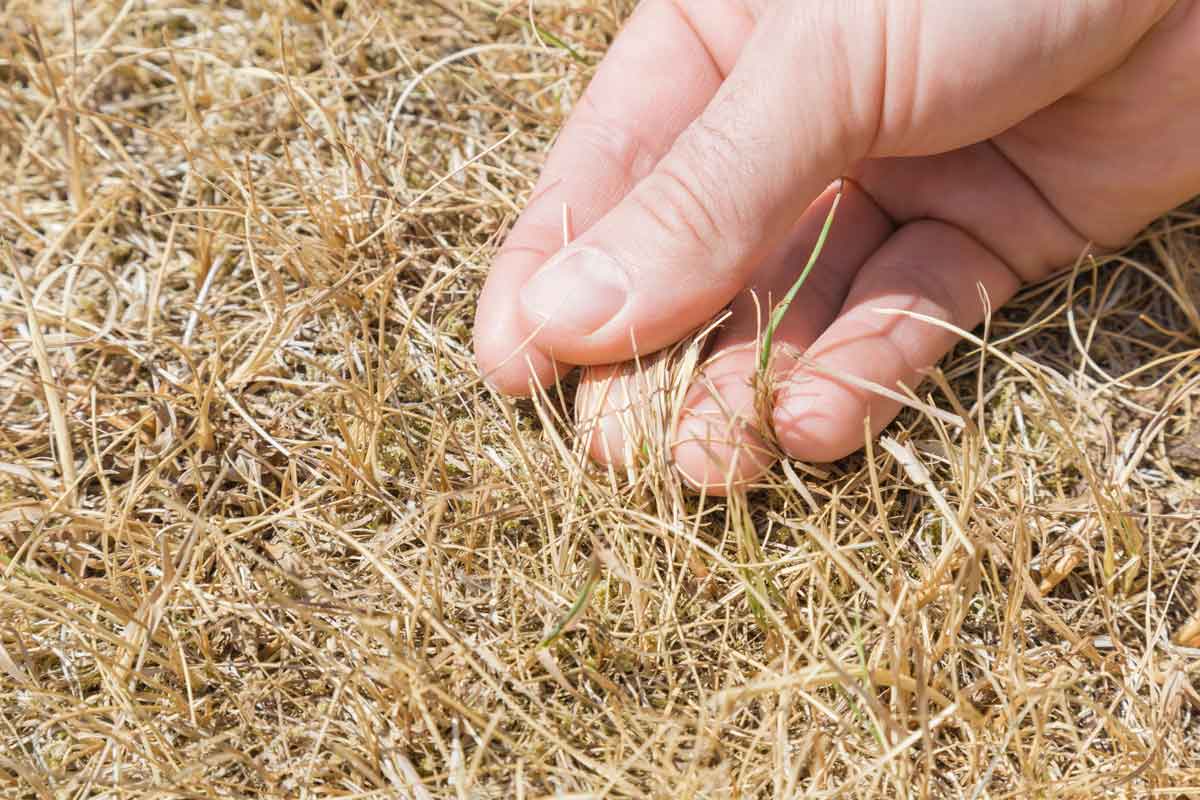
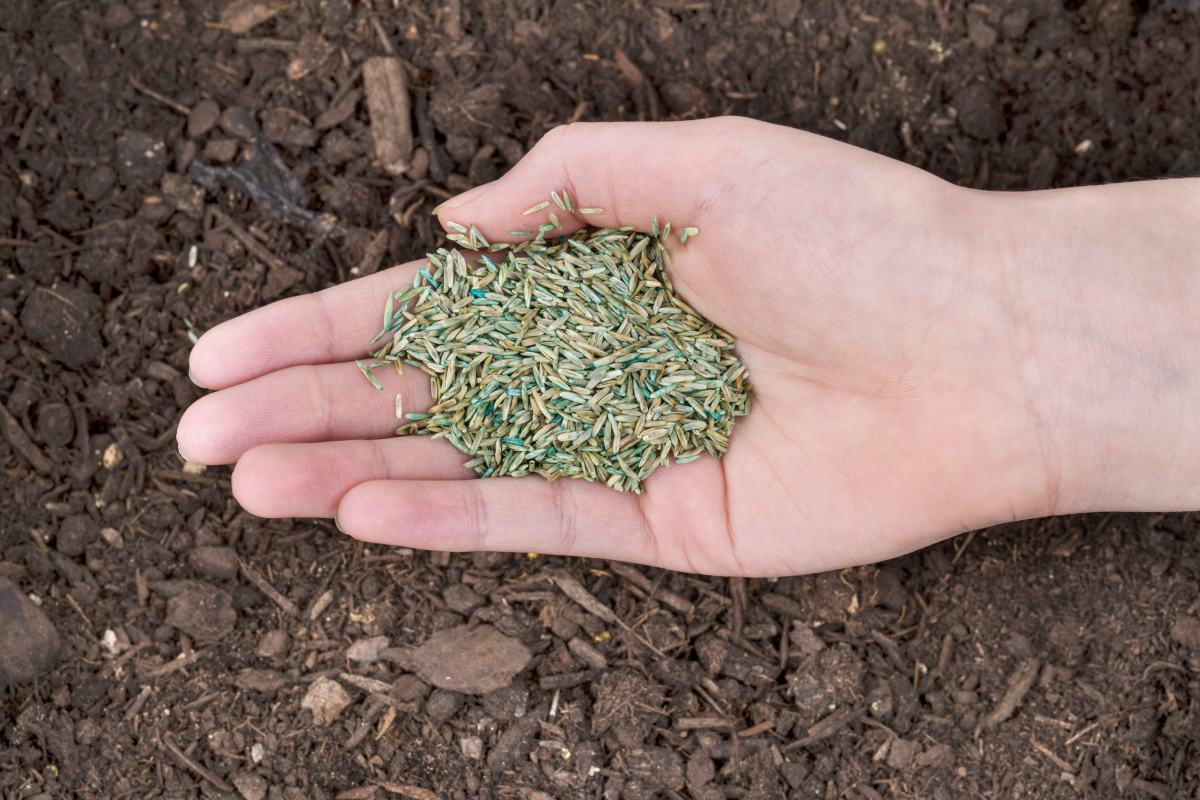
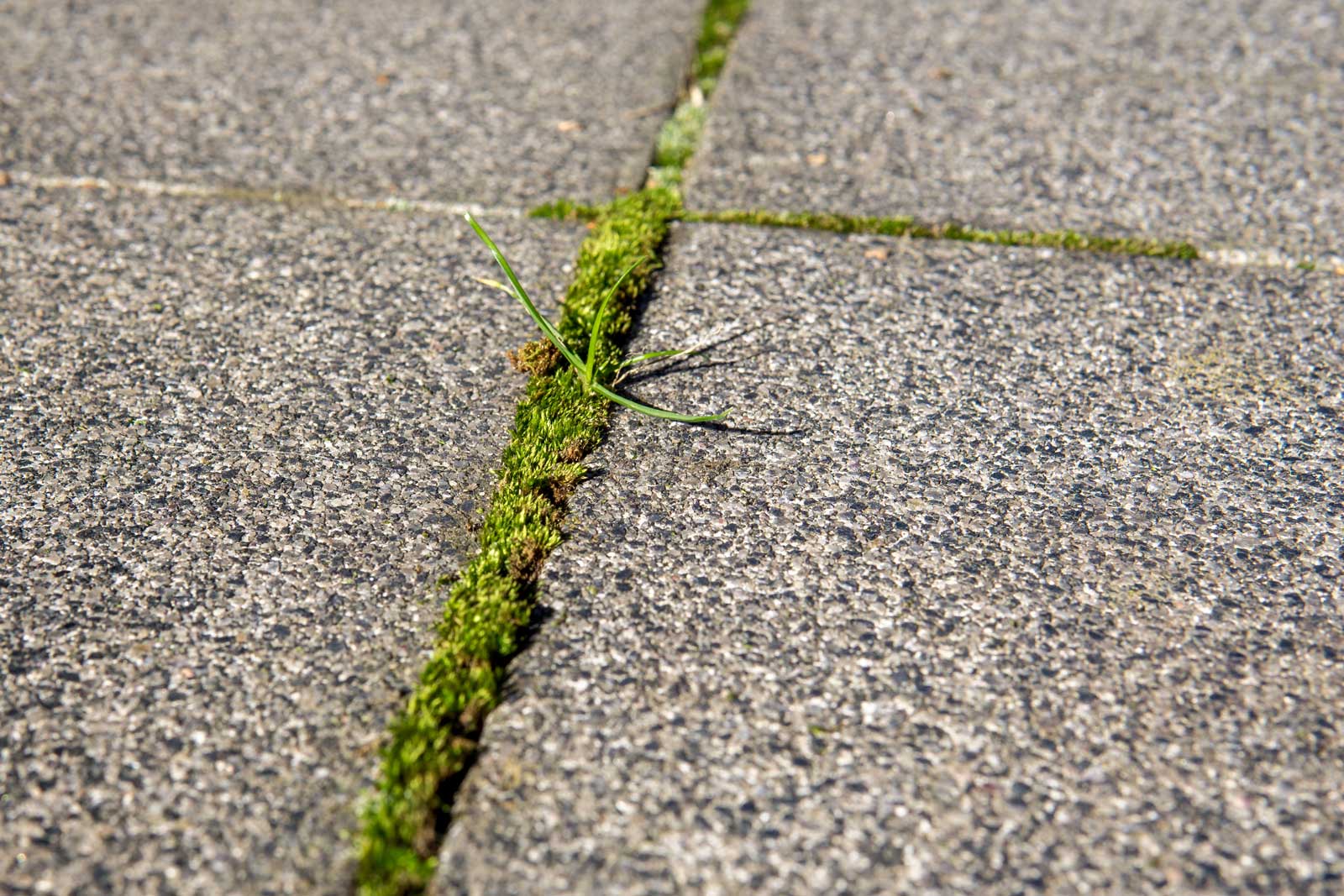
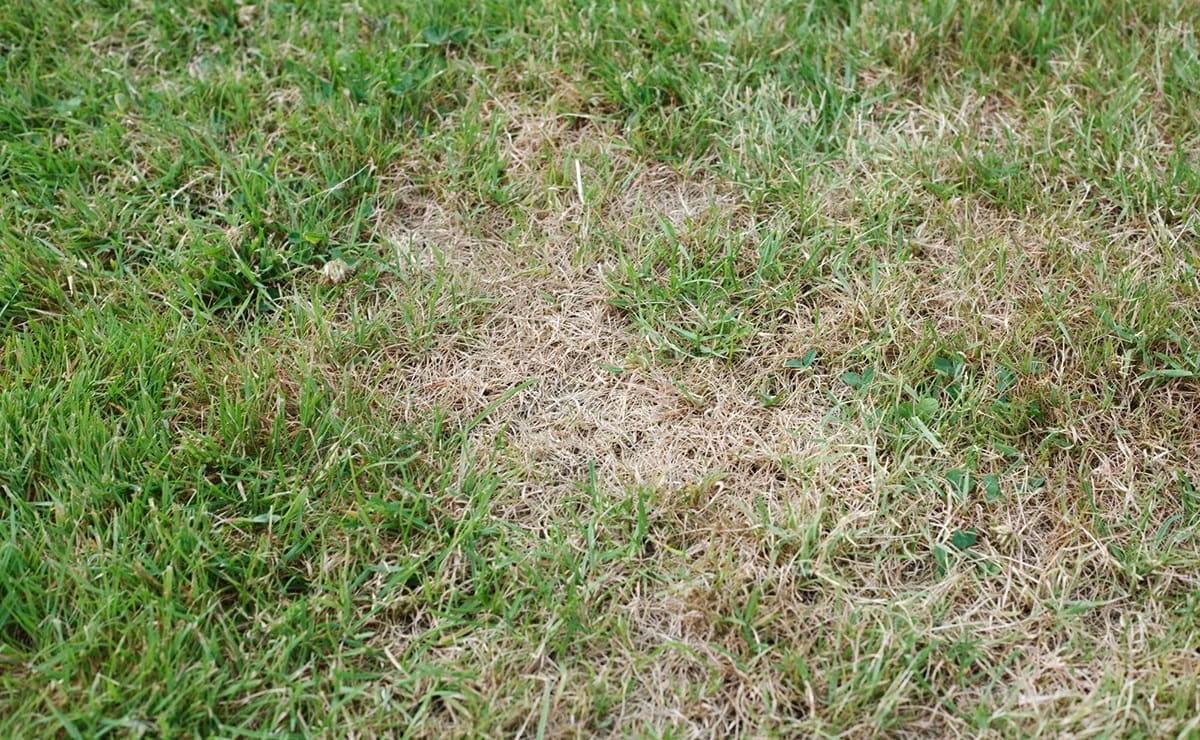
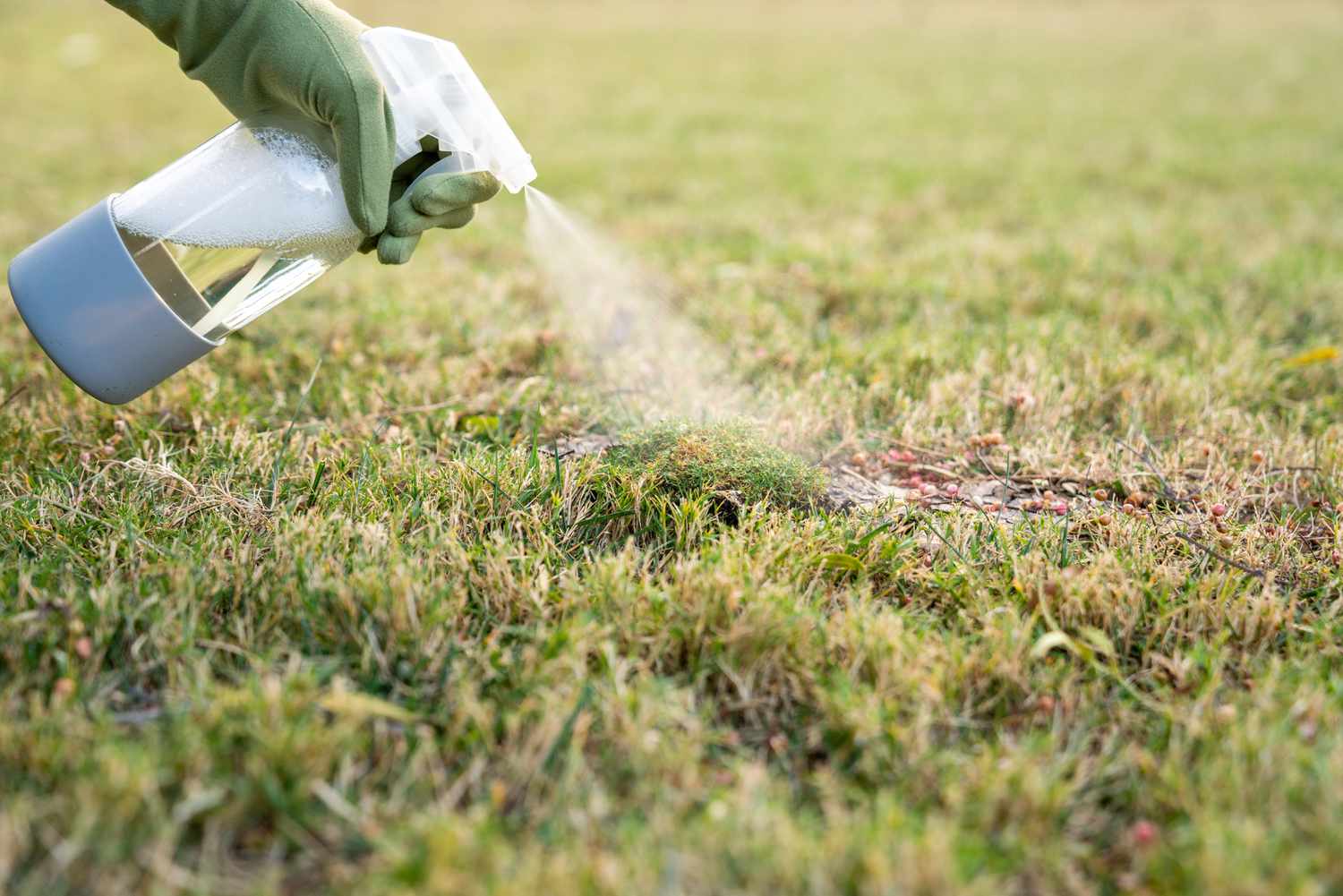
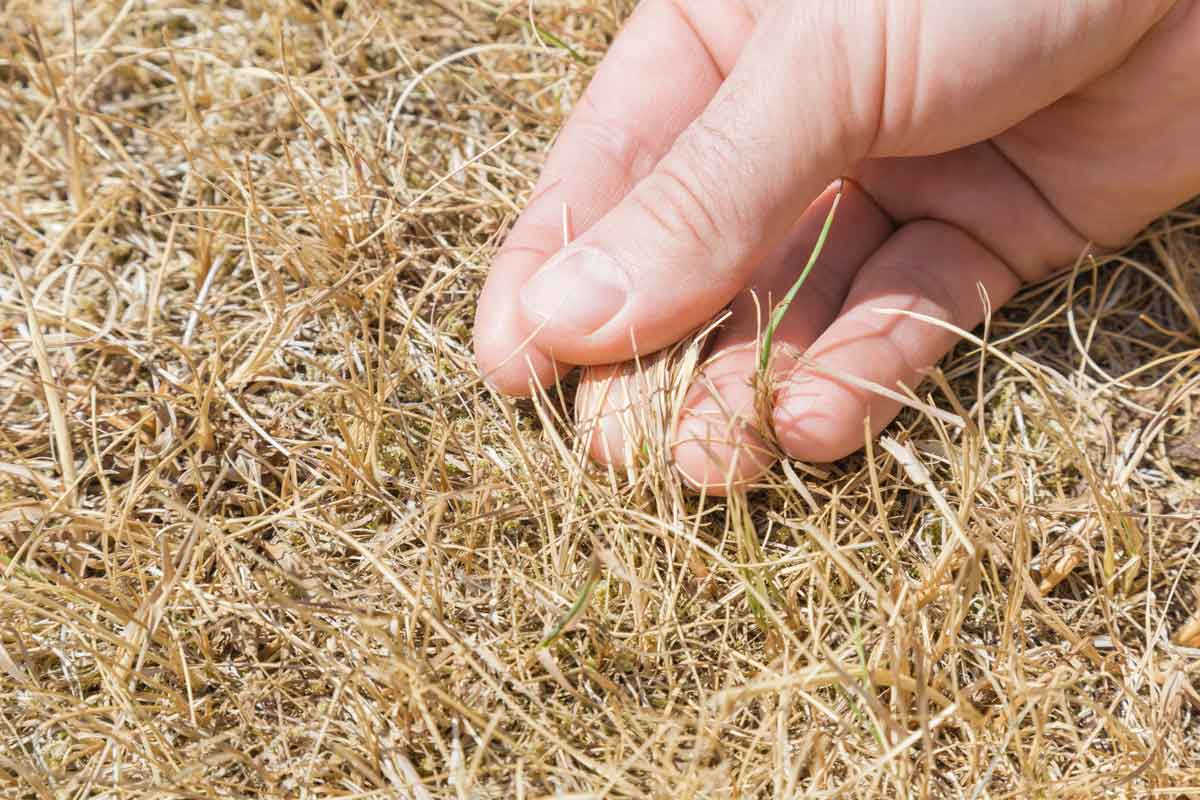
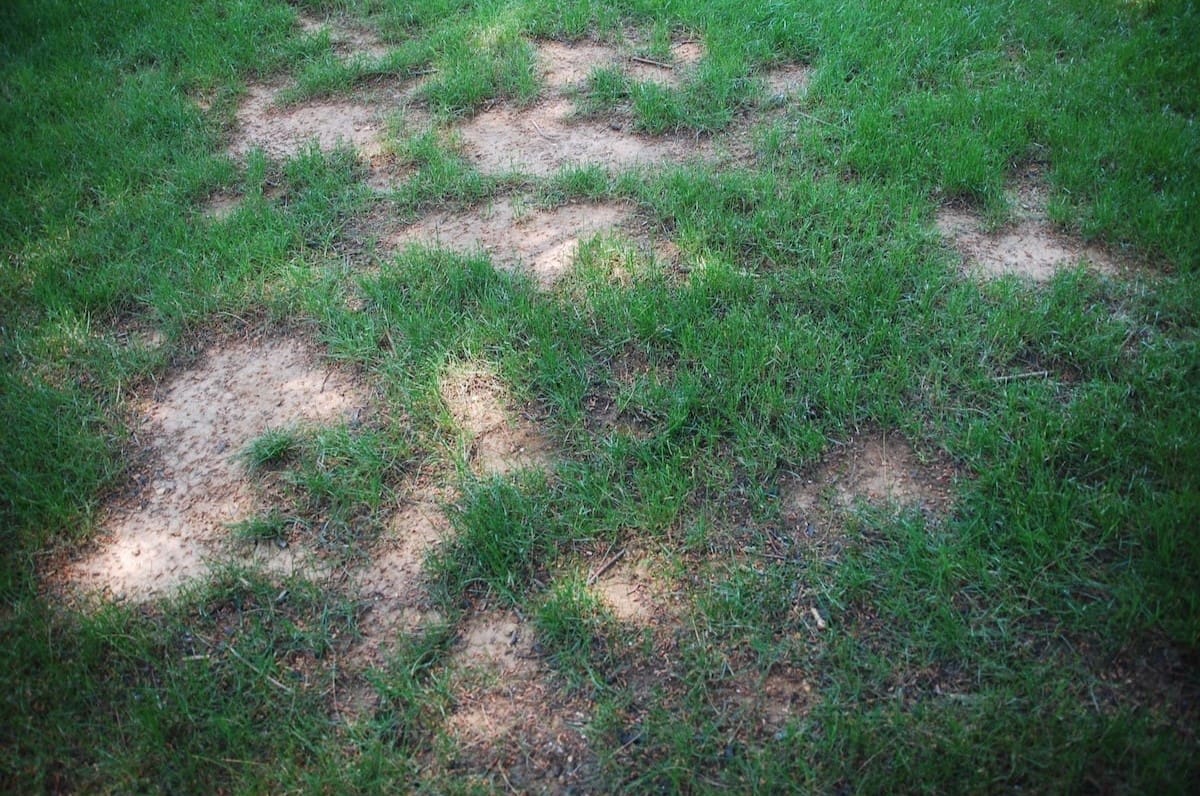
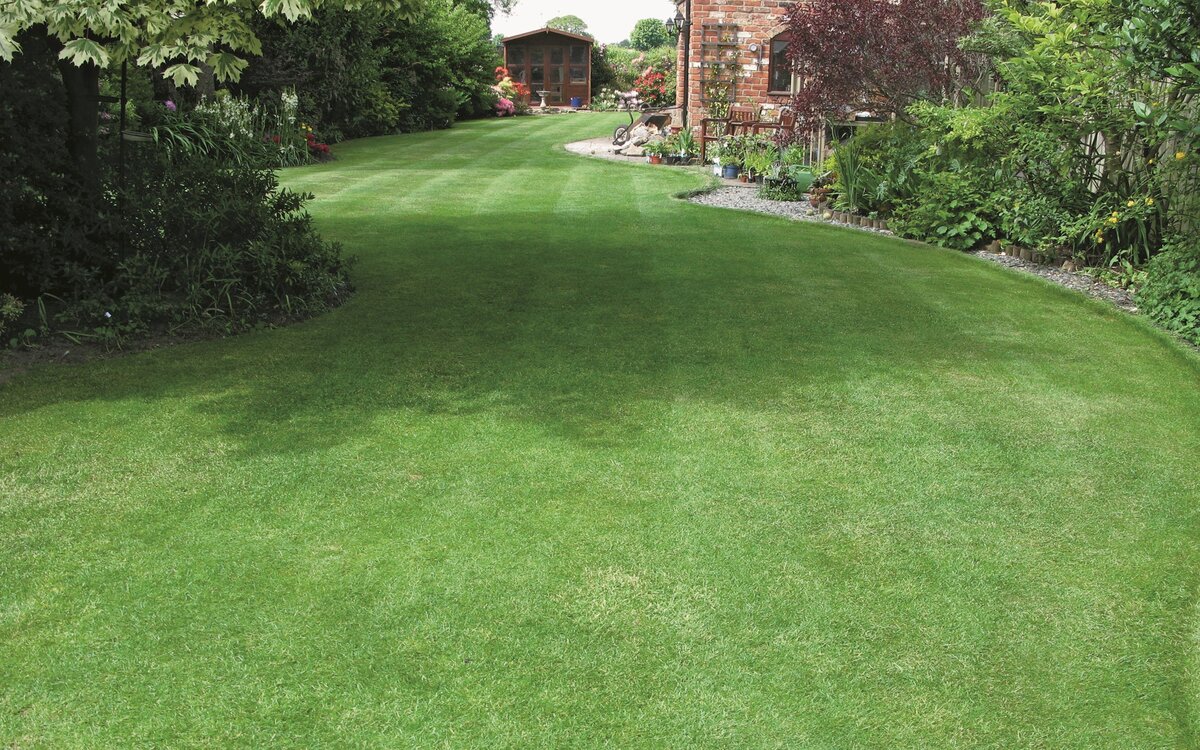
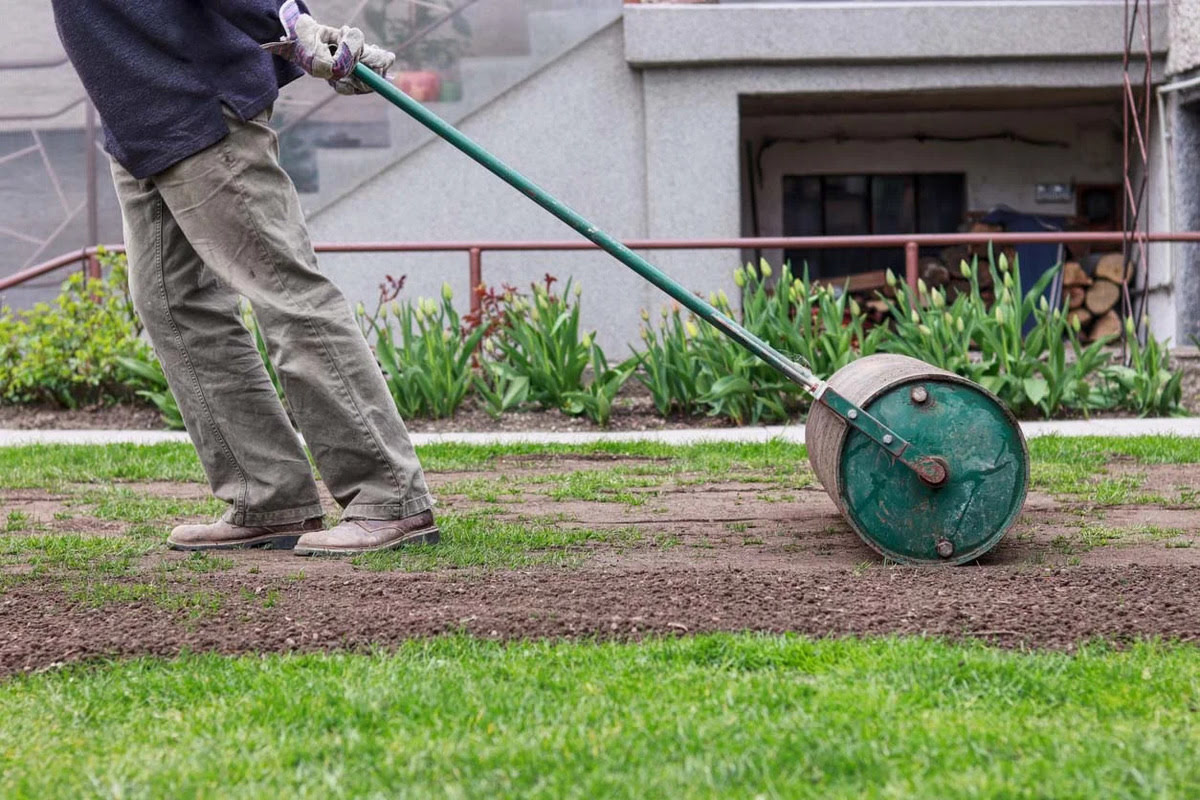
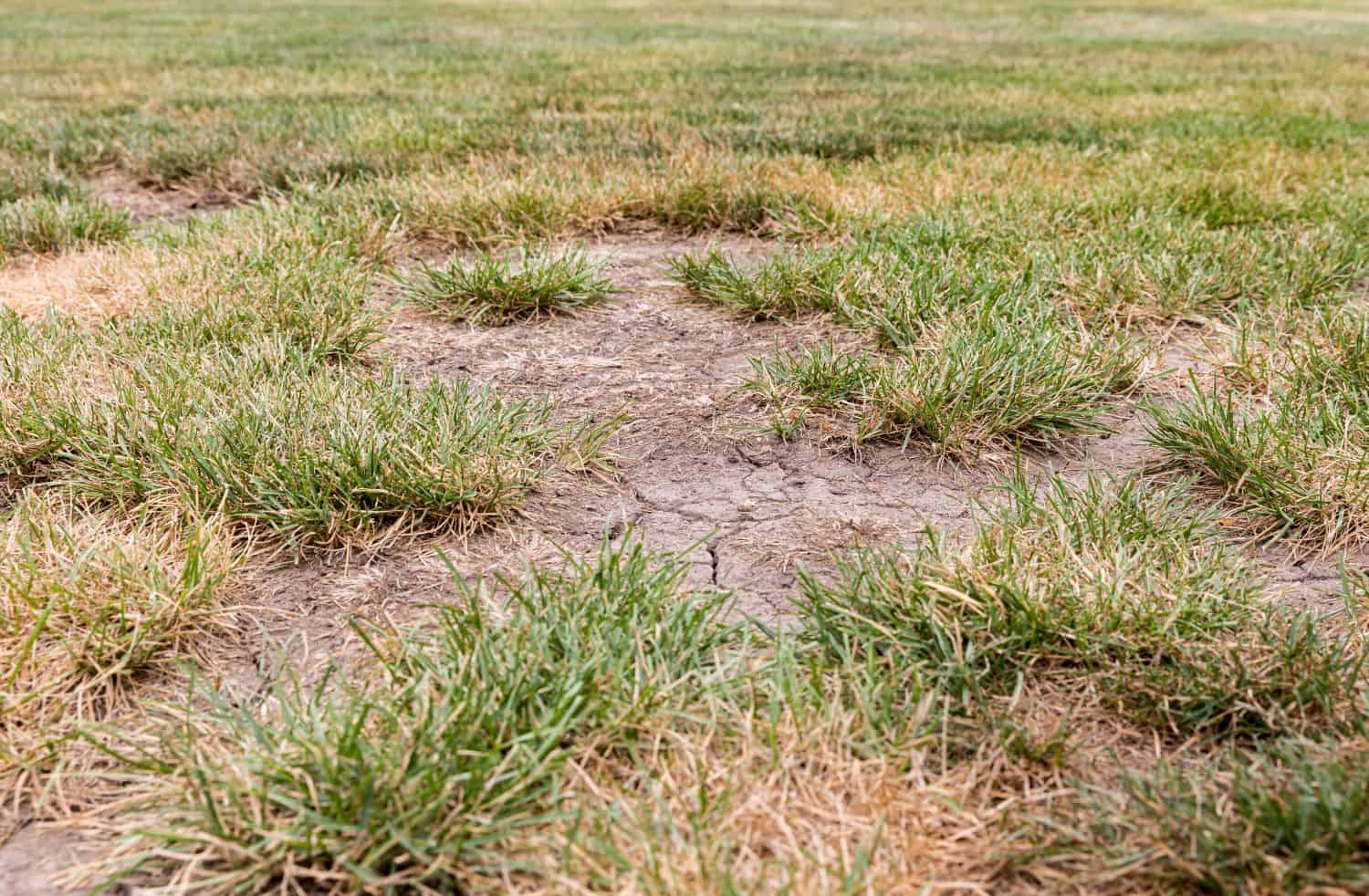

0 thoughts on “How To Remove Dead Grass From Yard”